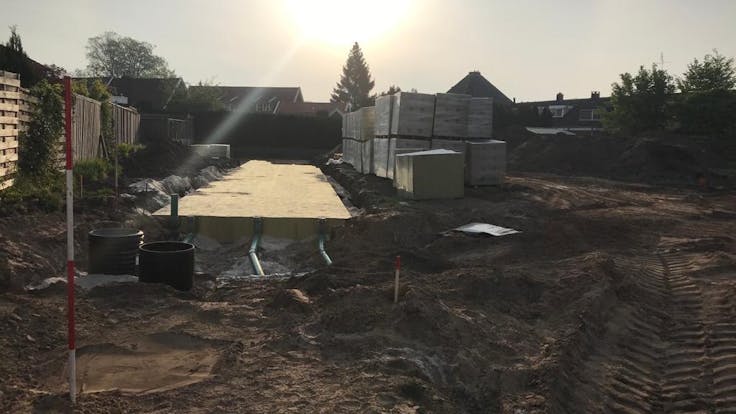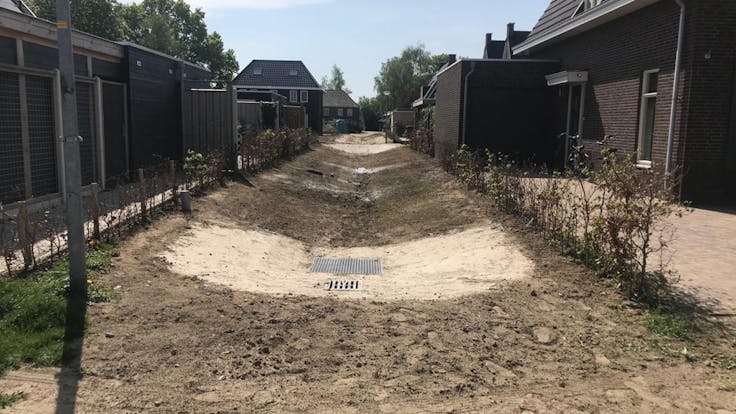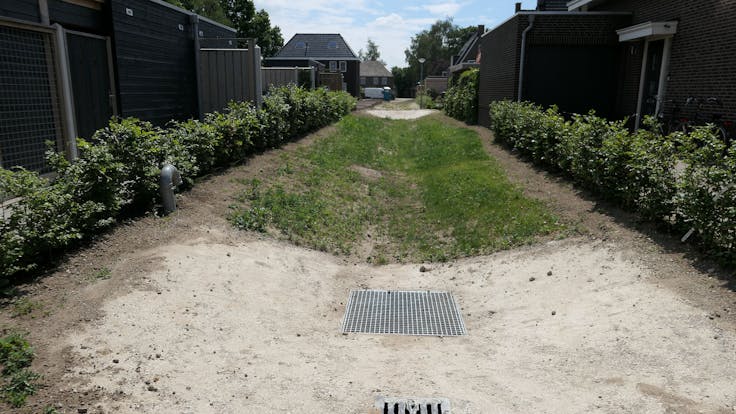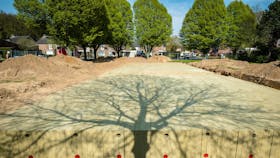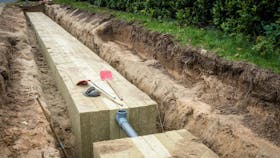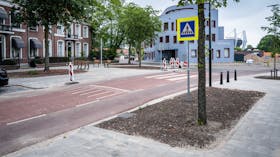The Rockflow rainwater buffer system was used for the redesign of two swales in the Westreenen in Loo housing development in the Dutch municipality of Duiven. By using our smart water management system, the depth of the swales could be reduced from the original two metres.
Dangerous and untidy swales
The swales have been causing a nuisance for quite some time. These swales are two metres deep, so they are dangerous for local children as well as being difficult to maintain. The swales have now been redesigned using the Rockflow rainwater buffer system, changing the deep ditch into an attractive greenspace. This makes the swales safer and easier to maintain, without reducing rainwater buffering capacity. Vaarkamp, contractor from Ede has now worked on the swales, reducing the depth to 0.4 metres.
Complaints from residents about the unsafe and untidy swales (water discharge drainage infiltration) that were installed during initial construction is what motivated the redesign of these two swales in the Westreenen in Loo housing development. Duiven municipality also realised that the costs of management and maintenance of these rainwater buffer and infiltration features were spiralling.
“The swales are around two metres deep and 150 metres long and form an unsafe situation when they are filled with water. Because they are too deep to be maintained using machines, they require manual mowing. This maintenance is extremely awkward and creates excess costs for the municipality”, says Rudi Segers, project leader of spatial development at 1Stroom, a collaboration at municipal level between Duiven and Westervoort. The area is home to many young families with small children. “The steep banks of the swales were unsafe for local children. In short, we took these complaints extremely seriously and searched for a solution to deal with the swales”, adds Segers.


